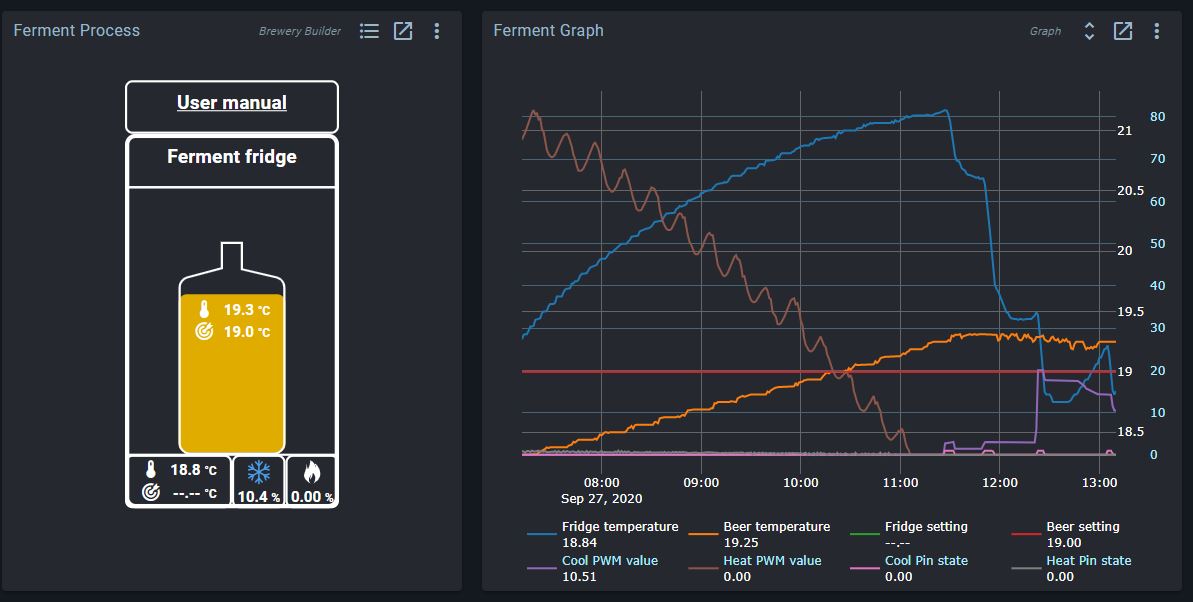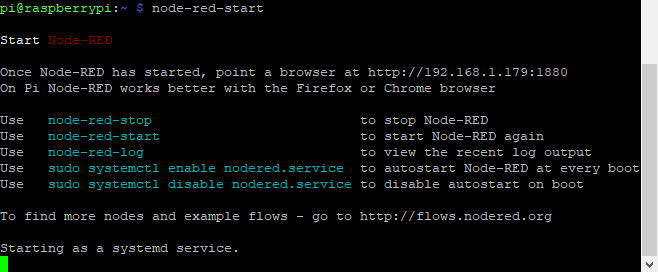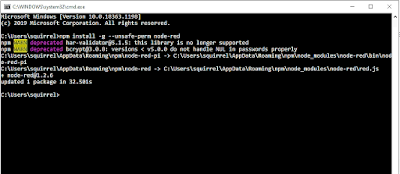

Node.js® is a JavaScript runtime built on Chrome's V8 JavaScript engine.My system already have installed node via Homebrew. Step 1 – Remove existing Node Versions If your system already have node installed, uninstall it first.The last version form is for specifying other releases available using the name of the remote download folder optionally followed by the complete or incomplete version.How To Install NVM on macOS with Homebrew - DEV Community active, lts_active, lts_latest, lts, current, supported.These Node.js support aliases may be used, although simply resolve to the latest matching version: argon, boron, carbon: codenames for LTS release streams.There is support for the named release streams: Requires an installed version of node, and uses npx semver to resolve complex ranges.

The engine label looks for a package.json file and reads the engines field to determine compatible Node.js.

There are a variety of ways of specifying the target Node.js version for n commands. If the active node version does not change after install, try opening a new shell in case seeing a stale version. (You can also use j and k to select next or previous version instead of using arrows, or ctrl+n and ctrl+p.) Use up/down arrow keys to select a version, return key to install, d to delete, q to quit


 0 kommentar(er)
0 kommentar(er)
